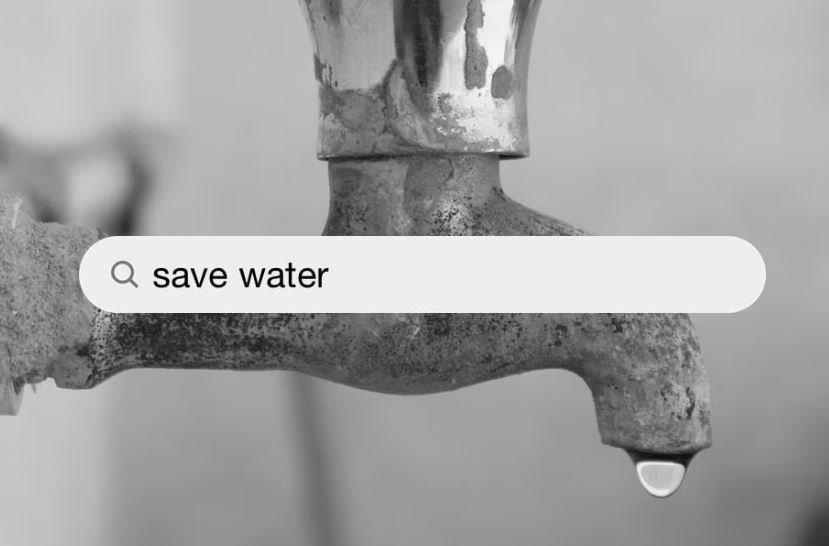Business
How To Save Water In The Workplace: Top 5 Tips

Water is the most precious resource we have. As summers heat up, we are moving towards a time where its availability is shrinking while the need for it grows.
No matter the industry you are engaged in, you need water in your workplace. At the bare minimum, toilets need to flush, hand washing needs to be available, and you need a drinking water source for the cups of tea and coffee that fuel the modern workplace!
While the environmental implications of wasting water speak for themselves, there’s a financial consideration too. Water bills add up; cutting down on unnecessary usage is one of the best ways to save money in your annual budget. If this sounds like something you need to pay attention to, we have put together our list of five easy and quick ways to start saving.
[lwptoc]
-
What does your water supplier offer?
Water is a utility, just like energy and broadband. Thanks to the deregulation of the water market back in 2017, it’s never been easier to ask for more from your water supplier. Business water is a competitive market, so don’t be shy about calling your existing supplier and asking them what they can do to help you save water.
If you are part of an industry that uses water for specialist purposes or processes, your water supplier should be able to give you industry-specific advice and resources to help with your conservation efforts. If they aren’t able or willing to help you out, don’t be afraid to switch to someone who is.
-
Carry out a water audit
A water audit is carried out by a specialist auditor (usually from your water supplier); they will assess how much water your business uses and where savings can be made. Audits regularly identify leaks that have gone unnoticed or systems that could easily be upgraded to use less water. The savings identified for businesses that need water use in their industrial processes can easily run into the thousands.
Water audits are also recommended for companies that use water for the basics- toilet flushing, hand washing etc. A company like this can see significant savings and better understand its water usage.
-
Use low-flow devices
Low flow devices are an easy and cost-efficient way to make immediate savings in your water usage.
Water aerators that can be fitted to existing taps decrease the amount of water that comes through the taps without making you feel like you are washing your hands in a trickle of water. There are lots of different models available that will work for everything from rarely used toilet sinks to regularly used taps in commercial kitchens. You can get low-flow shower heads if your workplace offers shower facilities.
While no one relishes the thought of putting their hands into the office toilet, there are two items that can save you some serious amounts of water if you are brave enough to install them!
A Buffalo cistern bag expands in the cistern and takes up space normally occupied by water. This clever little device can save you over a litre of water per flush. If you are concerned that your toilets are leaking water throughout the day, a Leaky Loo strip will show if water is dripping in the toilet. If it is, fixing it could save you a whopping 200-400 litres a day!
-
Cut down on gardening
While having green space as part of your office environment can be good for the soul, it can be a drain on water. However, there are ways to keep greenery (and the biodiversity it brings) around you whilst conserving water.
Green lawns take a lot of water to keep them looking healthy, and what is far easier in terms of management and water usage is shrubs, bushes and ground cover plants. Ask your local garden centre or landscapers to recommend hardy plants that are drought resistant. If you want to keep things looking green year-round, simply stick with evergreen varieties.
Pittosporums and Nassella Tenuissima (also known as Mexican feather grass) are two great evergreen options that require little maintenance.
-
Educate and inform your staff
Our last tip is one of the most important. It’s all very well making improvements behind the scenes, but if your staff consistently leave taps running, it will all be for nought! If your water audit identifies wastage that is down to human error, be sure to incorporate new policies or procedures into your staff’s training.
As we said in the beginning, water is precious, and wasting it can cause serious financial and environmental harm in these tough times. Implementing even just one of these five tips can create significant savings in both consumption and cost. Try them out yourself and see just how much you could save.
-

 Social Media2 months ago
Social Media2 months agoWhat the “67” TikTok Meme Really Means
-

 Tech2 months ago
Tech2 months agoWhat To Do When Your Business Faces Network Vulnerabilities
-

 Self Improvement2 months ago
Self Improvement2 months agoUsing BCBS Rehab to Access Quality Addiction Care
-

 Games2 months ago
Games2 months agoPusoy Strategies for Play That Also Work in Pusoy Dos in English






